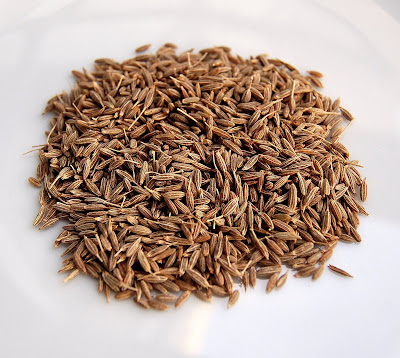This is my favourite condiment. It is a must to go along with chinese food. Therefore, every chinese restaurant would have them served in the centre of each table.
Green Chilli Pickle
What do we need:
15 green chillies
2 tbsp vinegar
1 tbsp sugar
1 tsp salt
How do we do it:
Wash and drain chillies well. Thinly slice the chillies. Place the sliced chillies in a jar.
Mix vinegar, water, salt and sugar, until sugar dissolves. Pour mixture into the jar onto the chillies.
The chillies will be ready the next day. It could be refrigerated for months.


Green Chilli Pickle
What do we need:
15 green chillies
2 tbsp vinegar
1 tbsp sugar
1 tsp salt
How do we do it:
Wash and drain chillies well. Thinly slice the chillies. Place the sliced chillies in a jar.
Mix vinegar, water, salt and sugar, until sugar dissolves. Pour mixture into the jar onto the chillies.
The chillies will be ready the next day. It could be refrigerated for months.










































